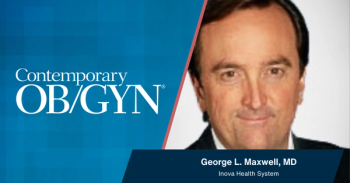
Working nights linked to increased diabetes risk in black women
Black women who work the night shift may be at greater risk of incident type 2 diabetes, according to recent results from an ongoing prospective cohort study. The more time a woman spent working a night shift, the authors also found, the higher the risk of the disease.
Black women who work the night shift may be at greater risk of incident
In the Black Women’s Health Study, researchers from the Center for Health Organization and Implementation Research (CHOIR), Edith Nourse Rogers Memorial VA Medical Center, followed 28,041 participants for incident diabetes from 2005 to 2013. Each participant answered questions in 2005 about whether they had ever worked a night shift. Cox proportional hazard models were used to estimate hazard ratios (HRs) and confidence intervals (CIs). The original multivariable model included family history of diabetes, education, neighborhood socioeconomic status, time period, and age. Later models also controlled for body mass index and lifestyle factors.
Over the 8-year follow-up period, 1786 cases of incident diabetes were recorded. When compared to never having worked the night shift, the HRs (95% CI) for diabetes were 1.17 (1.04, 1.31) for 1–2 years of night-shift work, 1.23 (1.06, 1.41) for 3–9 years and 1.42 (1.19, 1.70) for ≥10 years (P <0.0001). Monotonic positive association between type 2 diabetes and night-shift work remained even after multivariable adjustment (P = 0.02). The association was stronger in woman aged <50 years, but showed no variation with
The investigators concluded that periods of night-shift work were associated with an increased risk of type 2 diabetes and that lifestyle factors and body mass index only partially explained the relationship. They urged further research into the potential mechanisms behind the increased risk because many Americans perform shift work.
To get weekly advice for today's Ob/Gyn,
Newsletter
Get the latest clinical updates, case studies, and expert commentary in obstetric and gynecologic care. Sign up now to stay informed.










